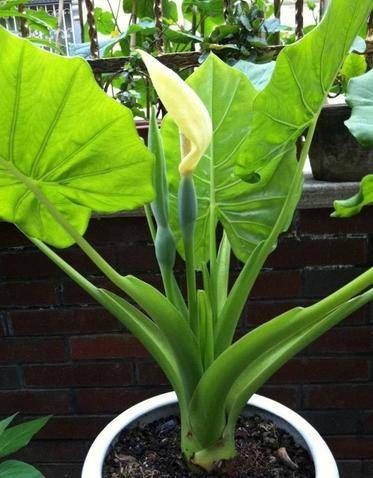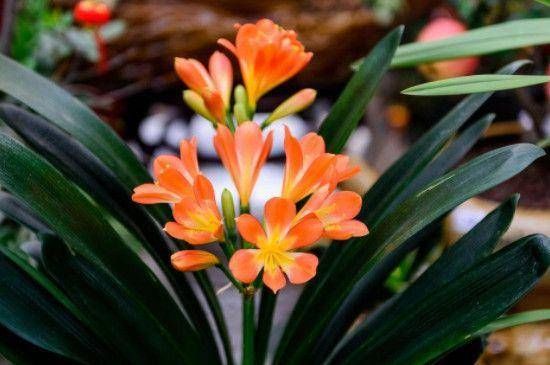A few days ago, a news article about “Girl with oleander in her mouth was poisoned and sent to the doctor” was on the hot search.

Image source: Weibo screenshot
Oleander is not actually in our lives rare. Because of its good ornamental properties, strong habits, and excellent anti-pollution ability, it is widely planted as street trees and garden ornamental plants in Jiangnan and South China.
However, the whole plant of oleander is poisonous, and it is fine to touch it, but it must not be ingested in the body. Its strong toxicity mainly comes from the oleandrin contained in the juice, which is also a kind of cardiac glycosides. Even if a small amount enters the human body, it will have a series of negative effects, such as arrhythmia, abnormal gastrointestinal function, eyes and eyes. Allergic reactions to the skin, etc. Withered or incinerated oleanders are also somewhat toxic, so be equally careful when handling them.
In addition to oleander, what other plants are “poisonous” in life?
Today, let’s talk about a few plants that you may have seen in your life, but are highly poisonous.
01 Araceae: green dill, monstera, spring feathers, dripping Guanyin, calla lilies, etc.
Super common green plant species, very ornamental It’s safe, but just don’t be curious to eat it or touch its sap rhizomes.
Most species in the Araceae family contain toxic proteins, sterols (zāi chún) and other substances, which can cause esophagus enlargement and central nervous system poisoning after accidental ingestion.
Also try not to touch their sap and rhizomes, because they contain calcium oxalate crystals, which may cause severe allergies and redness and tingling.

Drip water Guanyin. Image source: Internet
02 Rhododendron family: bellflower, horse drunk wood, bilberry, etc.
The recently popular horse drunk wood is a Famous poisonous plant with poison written directly in its name – horses will get drunk if they eat it.
Most of the plants in the rhododendron family contain diterpenoids and veratrotoxin. As early as ancient Greece, ingestion of rhododendron nectar caused mental agitation, slurred speech, vomiting and loss of movement Coordinated case.
Also try not to touch their sap and rhizomes, because they contain calcium oxalate crystals, which may cause severe allergies and redness and tingling.
03 Amaryllidaceae: Narcissus, Clivia, Manjusri, Fengyu orchid, Zhu Dinghong, etc.
Many friends know that Narcissus is poisonous, but it is the same as it. Some green plants in the Amaryllidaceae family are also poisonous.
They contain a lot of toxic alkaloids, and if swallowed by mistake, it may cause vomiting, diarrhea, bradycardia, cold hands and feet, shock and even respiratory center paralysis, circulatory failure, etc.

Clivia. Image source: Internet
04 Euphorbiaceae: green jade tree, poinsettia, keel, tiger thorn plum, etc.
Euphorbiaceae Mainly contains saponins (zào gān), sterols (zāi chún) and other substances. Skin contact with sap and rhizomes may cause allergies and redness; if ingested, it is easy to cause problems such as difficulty breathing, sweating and even internal organs failure.
In addition to the above green plants, the sap of many succulent green plants in the cactus family contains hallucinogenic substances.
There are also spice plants such as geranium, mint and lavender. Their strong taste is not good for ordinary healthy people, but it may cause discomfort in people with respiratory diseases such as asthma.
Finally, I hope you who see here can remember plants, appreciate their beauty from a distance, and don’t get poisoned by them.
This article reviewer

(The Paper, The Paper, The Paper, Doctor Clove Planning: Jeremy Producer: Eric)< /p>